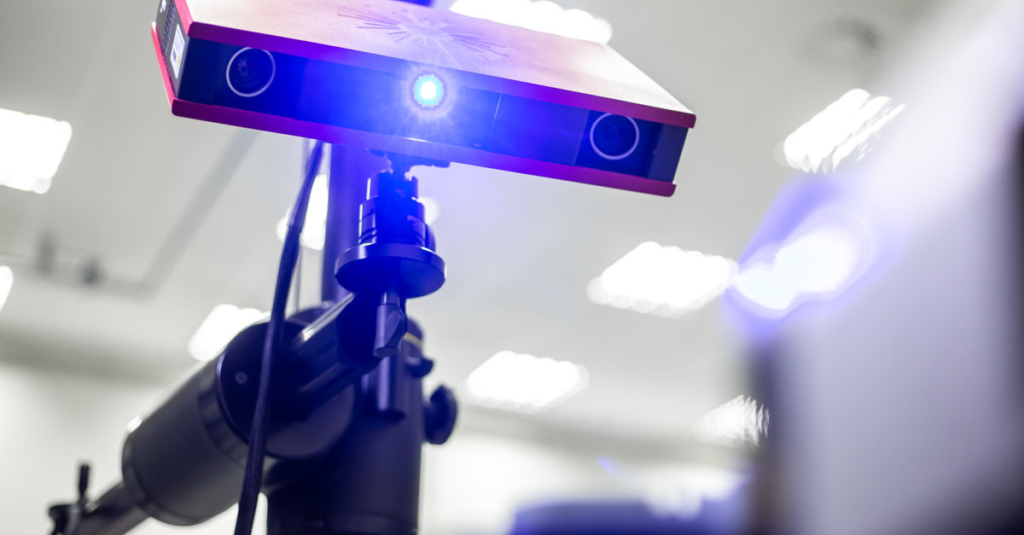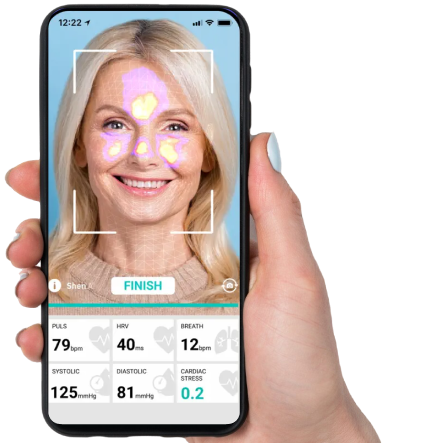The wearable devices of today go beyond simple fitness tracking devices. They include sophisticated physiological parameters such as blood pressure and heart rate variability. Through noninvasive adhesion to the skin, an optical sensor detects variations in blood pressure and circulation in photoplethysmography (PPG). The light source for most PPG sensors is an infrared light-emitting diode. A photodetector within the sensor captures the light emitted by tissues and fluids such as skin pigments, muscles, bones, and blood. Because the blood absorbs more light than other tissues, blood volume can be measured as a function of the intensity of reflected light.






